For many parts of the U.S., February is still very much the winter – but no matter where you are, you should be seeing signs that spring is around the corner. The last frosts of the season are within sight and the earth is starting to soften, which means that you can start planting some of the tougher, slower-growing vegetable seeds in your mix. In fact, even if it’s too cold outside to plant directly into the ground, many vegetables will benefit from February planting indoors so that they are ready to be transplanted outside as soon as the weather warms up. You can break out your pruning shears and do this in a greenhouse or simply in a warm, sunny part of your house.
The reason to start early is simply to give your produce a wider growing season so that you can either harvest multiple rounds of vegetables or get a consistent bounty throughout the year. Some of the vegetables on this list require more time to reach maturity, so planting now ensures they will still bear their produce before the weather gets too hot. Other plants can simply handle the cold temperatures more easily, allowing you to enjoy the fruits of your labor earlier in the season than if you waited until March or April.
As always, be sure to check which zone you are in and pay attention to the weather regionally before you sow or transplant vegetables outdoors – for the best chance of success, you want to wait until the last frost has passed before exposing plants.
1. Tomatoes
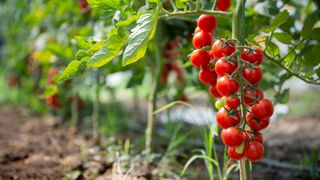
Although associated with the summertime, tomatoes can be a good option for February planting for anyone who lives in warmer climates. Tomatoes produce waves of fruit throughout the summer months, so planting early can set you up to enjoy additional harvests without needing to plant additional seeds.
You will need to maintain a warm temperature of between 70 and 80 degrees Fahrenheit in order to support germination and early growth, so keep that in mind before you get started. If you live in colder climates, you can recreate this environment with a heated propagator – just remember that it might take longer before the ground is soft enough to transplant the tomatoes outdoors.
Once seedlings have sprouted their first pair of proper leaves, it’s time to move them into their own containers. Keep soil moist but not soggy and use a bit of compost to ensure that the seeds get the nutrients they need during early growth.
2. Hot peppers
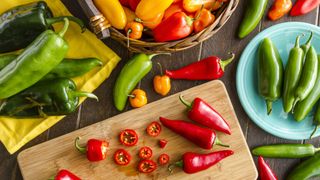
There are many types of peppers that all have different growing seasons, but hot peppers are notable for their slower germination and maturation periods. In order to make sure they’re ready for transplant after the last frost, it’s recommended to plant these pepper seeds as early as 8-10 weeks before the anticipated transplant date.
This is particularly true for species like C. chinense and C. baccatum. They will also need to be started indoors and seeds should only be a maximum of two years old when sown, to increase the chance of a healthy germination. Hot peppers can sometimes be a bit tricky to grow successfully, so increase your chances by placing your seed trays on a warm, flat surface that can provide a consistent temperature.
As a general rule, you should transplant your peppers outdoors a week or so after the tomatoes, so if you grow both then this is an easy way to keep on top of your schedule.
3. Lettuce
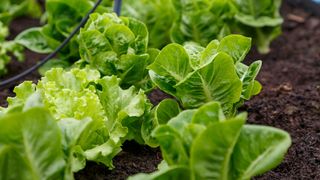
Be prepared for your spring salads by planting an early crop of lettuce in February. Give them a head start indoors so that they’re able to be moved outside as soon as the last frost has passed. This way you’ll be ready for a spring harvest.
These hardy seeds can tolerate – and even prefer – cooler temperatures, meaning that you can begin planting lettuce seeds indoors in conditions between 50 and 60 degrees Fahrenheit. A well-draining compost is preferred, but don’t bury the seeds under the surface since they require a lot of sunlight to germinate. Once the seeds have sprouted, it’s important to maintain a good amount of sunlight throughout the early maturing period to prevent leggy growth.
As with many seeds, lettuce prefers a moist but not soggy environment, so keep an eye on your water levels.
4. Eggplant
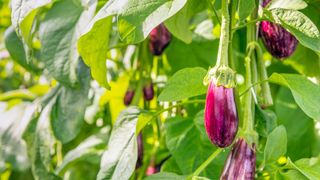
Similar to peppers, eggplant has a long growing period and so often benefits from being planted 8-10 weeks before the last frost. However, it prefers warm soil and so it’s important to keep the local environment at an ambient temperature throughout germination and maturation.
Sowing eggplant seeds in February may require more upfront work and then transplantation, but you’ll be rewarded with an earlier harvest and potentially a greater volume of vegetables throughout the season. When first sowing seeds, focus on providing sufficient warmth; once the seedlings have emerged, you can move the tray or containers to a sunny area.
You’ll want a good amount of sunlight to help encourage growth, so consider deploying a grow light if necessary. Soil should be lightly supplemented with compost and should be well-draining for best results.
5. Kohlrabi
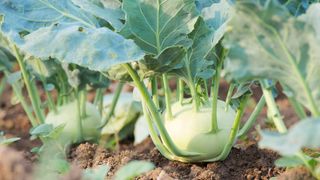
Kohlrabi may not be the most common or well-known vegetable, but it’s becoming more popular as people discover its subtle appeal. Similar to a turnip or jicama, kohlrabi grows as a large ball at the base of the stem and sits on the surface of the ground, as opposed to under the soil like a tuber.
This vegetable is a fast grower, unlike so many of the plants on this list, but it is hardy enough to withstand a range of temperatures and therefore can be planted in several waves throughout the year – beginning as early as February. Kohlrabi needs about 6 weeks of growing time indoors before it is ready to be transplanted outdoors, or you can sow it directly into the ground (once it is soft enough) and drape with fleece or other warming covers.
Once your harvest is complete, you can replenish the soil with nutrients and then resow the area with fresh kohlrabi seeds.
6. Celeriac
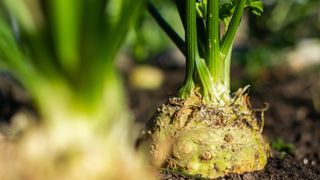
Another less glamorous vegetable, but one worth growing, is the humble celeriac. A root vegetable with a sweetish taste, celeriac takes a long time to grow and so it’s smart to get a head start and plant celeriac seeds early.
Fortunately, celeriac also enjoys cooler weather so February should suit it just fine. Germination takes about three weeks and it’s important to maintain a consistent environment with a temperature of 70-75 degrees Fahrenheit, so take the time to create the right set-up before sowing seeds. The seeds should be placed under a light layer of soil and given plenty of sunlight in order to grow.
If possible, use individual containers or modules so that you don’t disrupt the roots when it’s time to move them. Once the outdoor temperatures have warmed up a bit and the last frost has passed, you can transplant the celeriac to the garden.
7. Peas
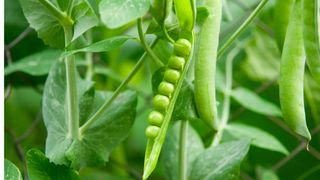
Peas are a favorite of the spring vegetables and their early harvest time means they’re strong options for February sowing. Depending on the mildness of your climate, you might be able to sow the seeds directly into outdoor soil, in which case you should aim to space them a few inches apart and a couple of inches under the top layer of soil.
Avoid soil that is too cold and wet to prevent the seeds from rotting before they can germinate; temperatures below 45 degrees Fahrenheit will be too cold. If your soil isn’t yet workable, then you can still sow peas now but you’ll want to use an indoor environment. Sow the seeds into small containers and leave to germinate in a greenhouse or sunny windowsill.
Once your soil temperature rises, you can transplant them to the garden. Remember, you’ll need to support the pea vines once they mature, so be sure to have those supplies on hand.
More from Tom's Guide
- Discover 7 benefits of a wildlife garden and why you should grow one
- And how to get the best out of your pruning shears
- Plus, 7 mistakes everyone makes when deadheading plants
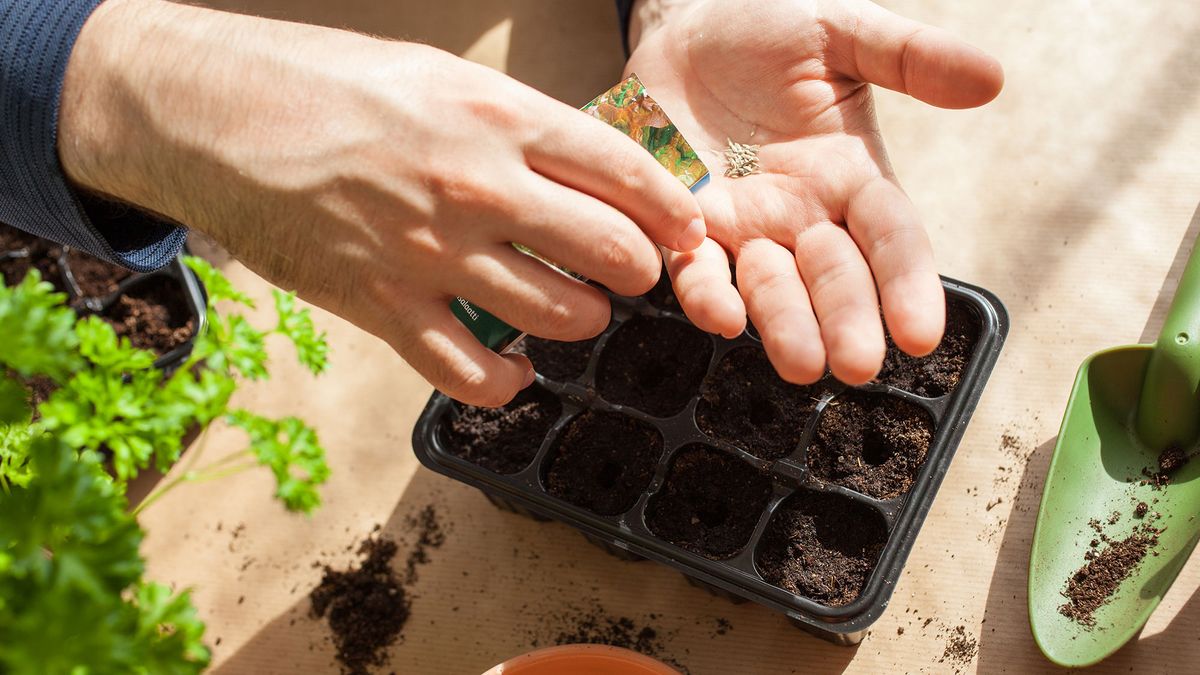

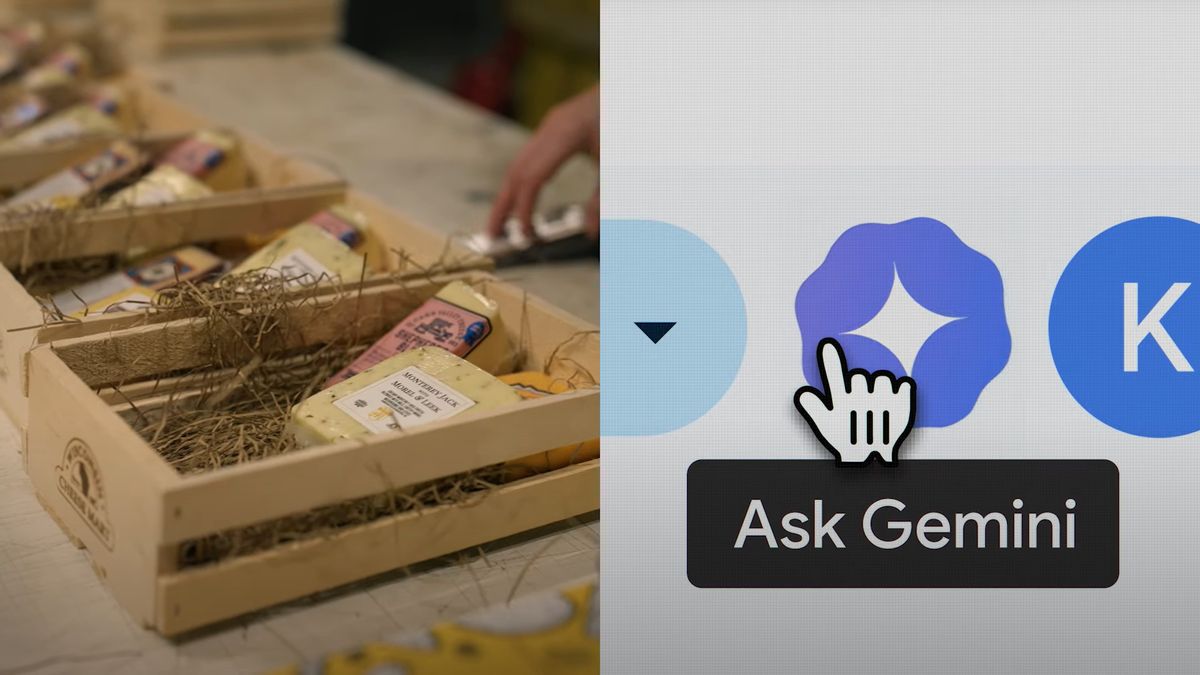









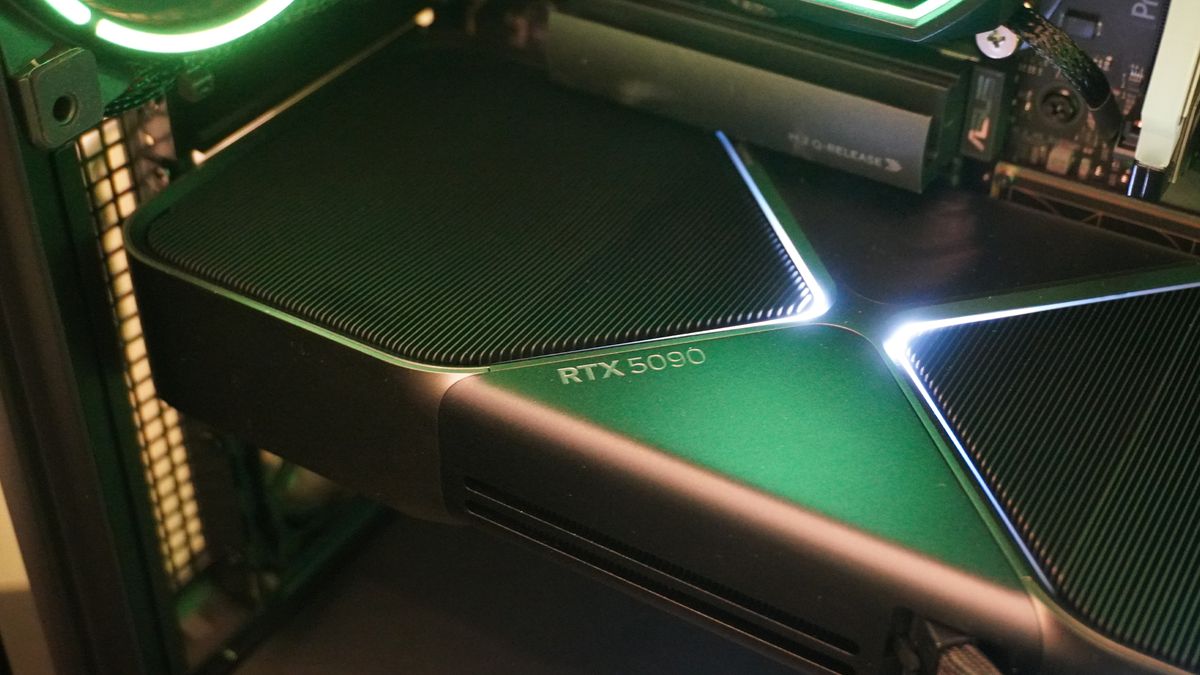


)





 English (US) ·
English (US) ·